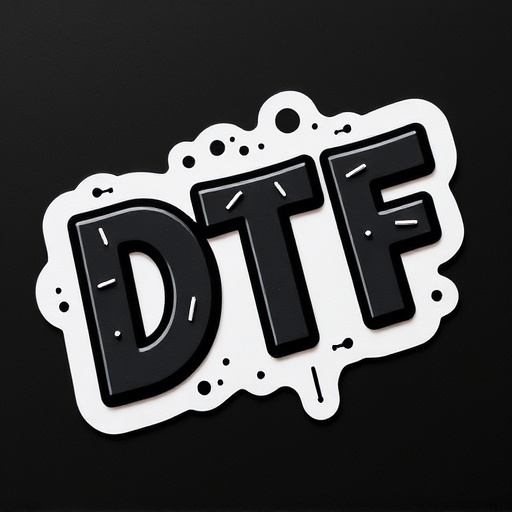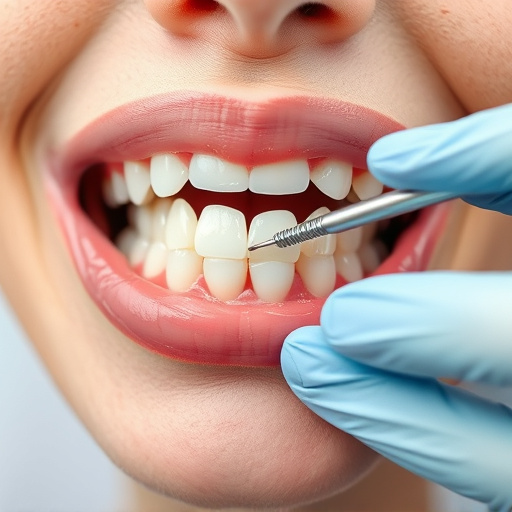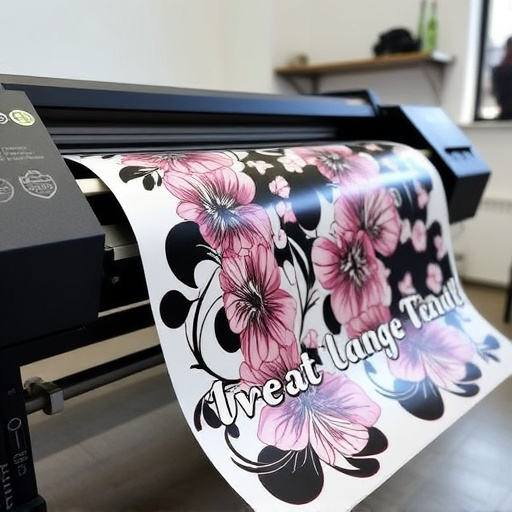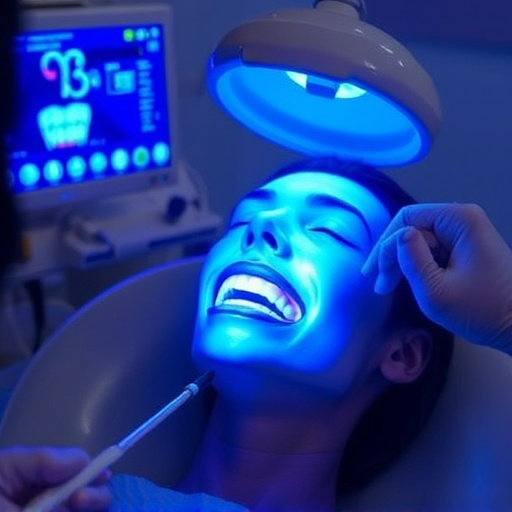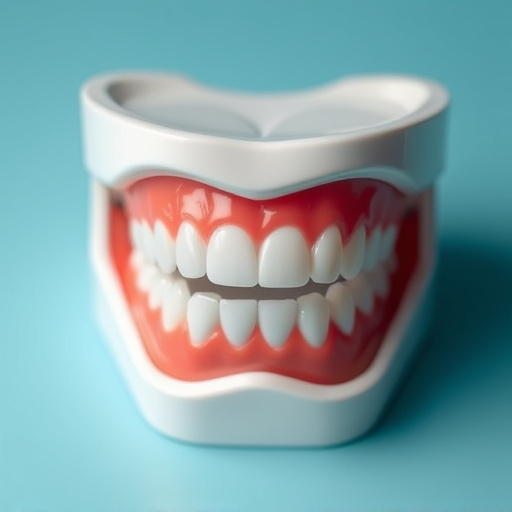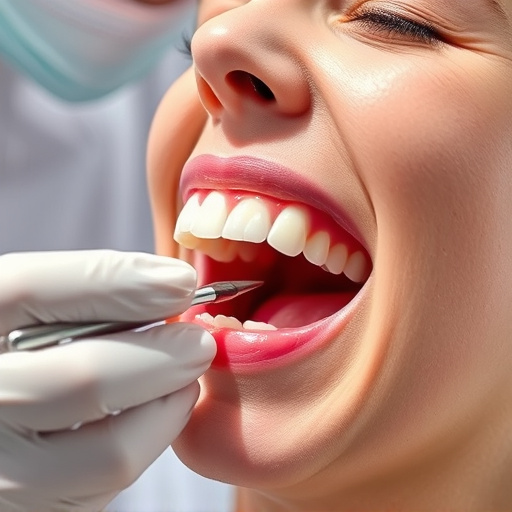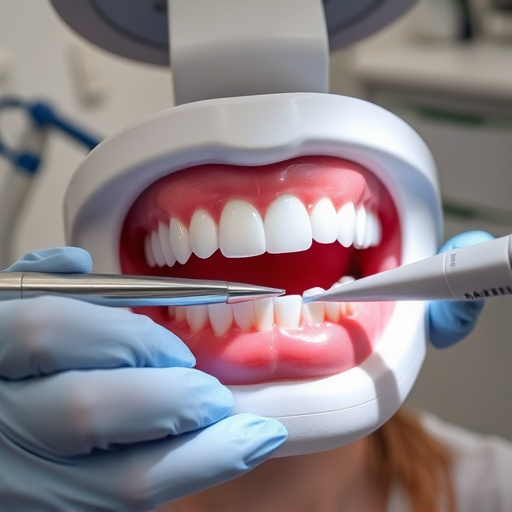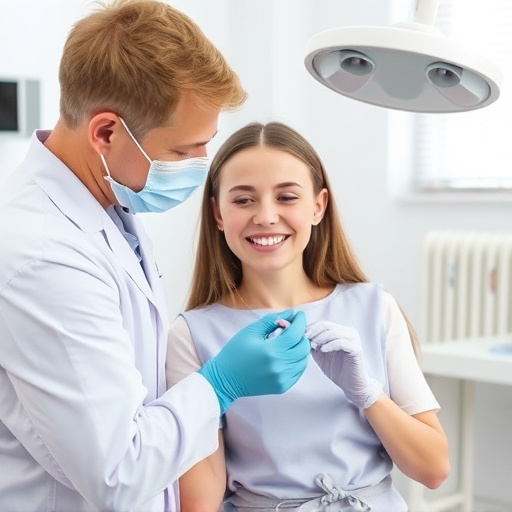Dental office technology advances like digital X-ray, 3D imaging, CAD design, and laser dentistry have transformed dental practices. These innovations enhance diagnostics, treatment planning, patient comfort, healing times, and outcomes across various procedures from cleanings to complex surgeries. They streamline workflows, boost success rates, and improve overall patient satisfaction in modern dental offices.
In today’s digital era, dental offices have witnessed a remarkable transformation through advanced technology. From precise diagnosis to innovative treatments, modern tools are revolutionizing oral care. This article explores some of the top advances in dental office technology, including digital X-ray and 3D imaging for enhanced precision, computer-assisted design for custom prosthetics, and laser dentistry for minimally invasive procedures. These innovations not only improve patient outcomes but also elevate the overall dental experience.
- Digital X-Ray and 3D Imaging: Enhancing Precision
- Computer-Assisted Design for Custom Prosthetics
- Laser Dentistry: Minimally Invasive Treatments
Digital X-Ray and 3D Imaging: Enhancing Precision
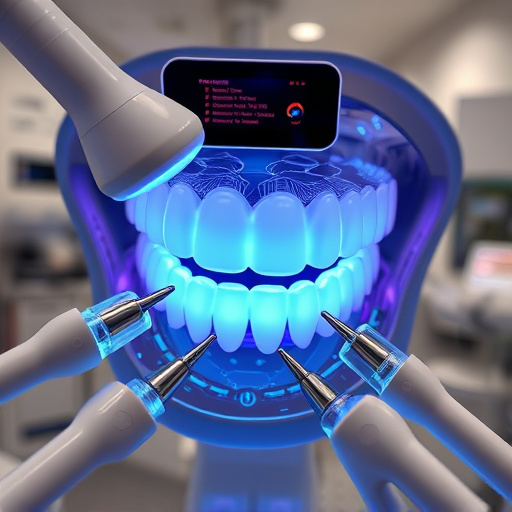
The advent of digital X-ray and 3D imaging technology has revolutionized dental office technology, significantly enhancing precision in diagnosis and treatment planning. Traditional film X-rays not only required more time for processing but also introduced potential radiation risks. Digital alternatives offer faster image acquisition, immediate viewing, and improved diagnostic accuracy. Dentists can now detect early signs of decay, gum disease, or structural anomalies with greater clarity, enabling them to provide comprehensive dental care that is both proactive and effective.
This advanced technology goes beyond simple teeth cleaning; it facilitates a broader range of services under general dentistry practices. 3D imaging allows for more precise planning in procedures like root canals, implants, and orthodontics. By providing detailed, three-dimensional models of the mouth, these tools enable dentists to visualize complex dental structures, anticipate potential challenges, and tailor treatments to individual patient needs. This level of precision ultimately contributes to improved patient outcomes and enhanced satisfaction with overall dental care.
Computer-Assisted Design for Custom Prosthetics
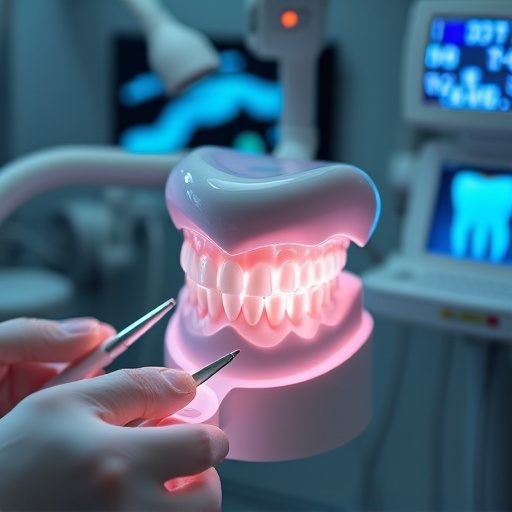
Computer-Assisted Design (CAD) has transformed the way custom prosthetics are created in modern dental offices. This technology enables dentists to design and manufacture tooth replacements, such as dental crowns and implants, with unprecedented precision and efficiency. By inputting detailed patient data, including 3D scans of the mouth and jaw, CAD software allows for precise modeling of new teeth that perfectly match the patient’s existing anatomy.
This advanced approach has numerous benefits for both patients and dental professionals. For patients, it means faster treatment times, reduced discomfort during procedures like tooth extractions, and improved long-term outcomes with stronger, more natural-looking dental bonding. Dentists, meanwhile, enjoy increased accuracy, which leads to higher success rates in restoring oral health and aesthetics, enhancing overall patient satisfaction.
Laser Dentistry: Minimally Invasive Treatments
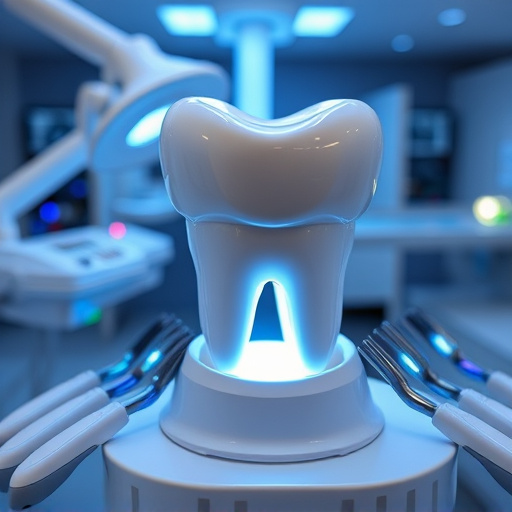
Laser dentistry is transforming the way modern dental offices provide care, offering minimally invasive treatments that enhance patient comfort and outcomes. By utilizing focused beams of light, lasers can precisely cut or vaporize tissues with minimal heat transfer, making them ideal for a range of procedures from teeth whitening to soft tissue surgeries like gum reshaping and oral cancer screenings. This technology allows for faster healing times and reduced post-procedure discomfort compared to traditional methods.
In the realm of restorative dentistry, laser treatments can be used for dental fillings by precisely removing decayed tooth material and shaping the cavity for optimal restoration. Similarly, they are valuable in family dentistry for dental cleanings, as they can effectively remove plaque and tartar buildup without damaging the enamel. These advances in dental office technology not only contribute to more efficient practices but also create a less anxious environment for patients seeking various dental services, from routine check-ups to complex procedures.
The modern dental office has undergone a remarkable transformation, thanks to innovative technology that improves patient care and streamlines daily operations. From precise digital imaging to advanced laser treatments, these top advances in dental office technology are revolutionizing oral health practices. As we look to the future, continued integration of computer-aided design and other cutting-edge innovations will only further enhance the accuracy and efficiency of dental procedures, ensuring a brighter, healthier smile for patients worldwide.

